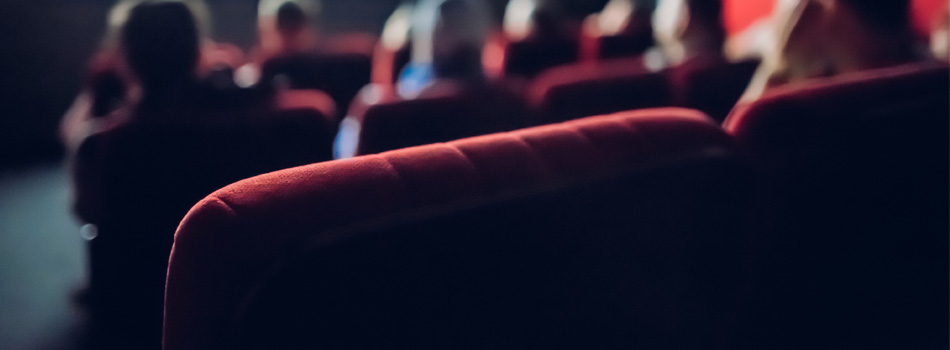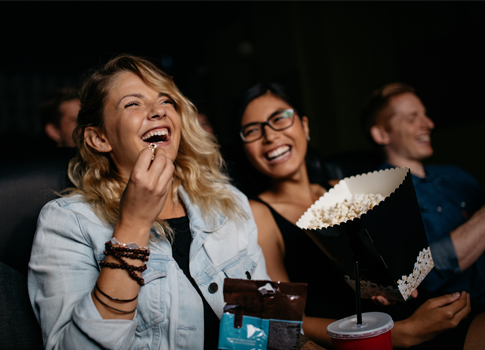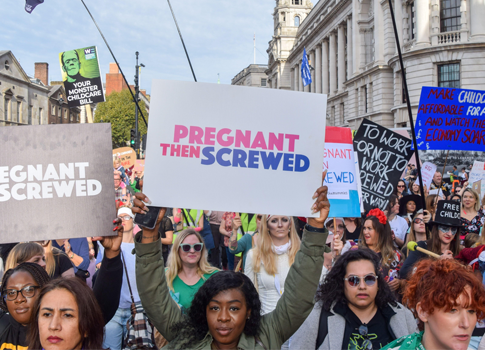The cinematic experience
Now more than ever, consumers are opting to spend their disposable income on the creation of long-term memories, as opposed to the short term contentment that is derived from product purchases. The memory becomes the product itself. A lot of consumers look for a valued service or experience, quality over quantity — a pull strategy as opposed to a push strategy. This is commonly known as the experience economy.
What does this mean for cinema? Could it be that the enticement of an Iceblast and an overpriced pack of Minstrels isn’t sufficient for today’s experience hungry consumer? The below quote from film director Christopher Nolan in 2015 reflects how some people viewed the current state of cinemas a few years ago:
“For some reason, it has become acceptable to say [to audiences] we are providing this empty room with a TV in it and just watch a film. That has to change and if it doesn’t change, forget film, forget digital, if that experience for the audience is not valued … people stop going”
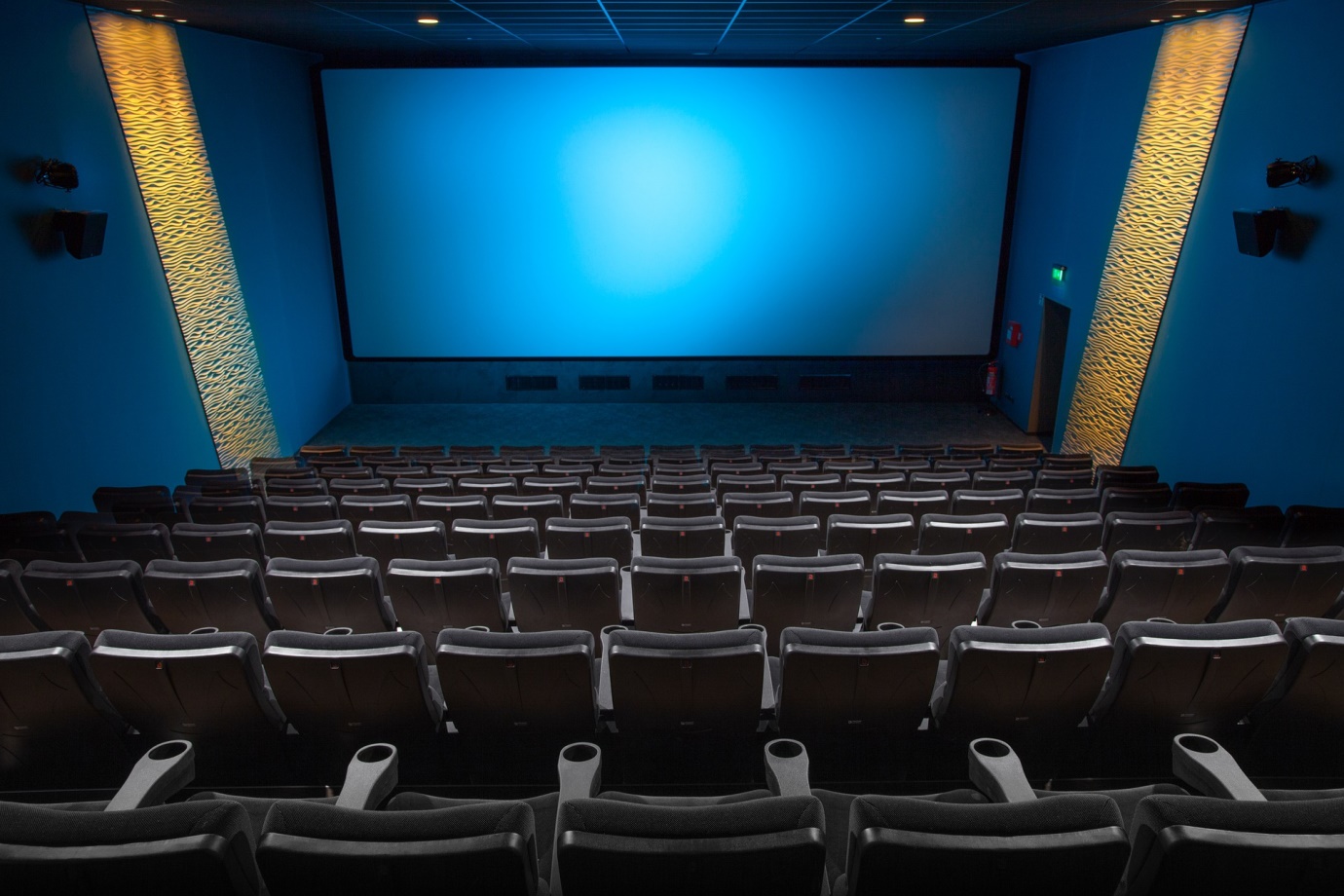
The rise of the streaming services
Cinema has also faced challenges when it comes to the increasing amount of streaming services that are prevalent in today’s market. Some would argue this has resulted in increased competition for the consumer’s attention. Netflix, Britbox, and Disney to name a few, offer the consumer hours of binge-worthy content at the click of a button for around the cost of a single cinema ticket.
Before these streaming services, we had no option but to go to the cinema to watch new releases, now there are thousands available on-demand; the economic power has inevitably shifted into the consumer’s hands. For those outside of London with access to only mainstream cinemas, these make the consumption of art-house content easier.
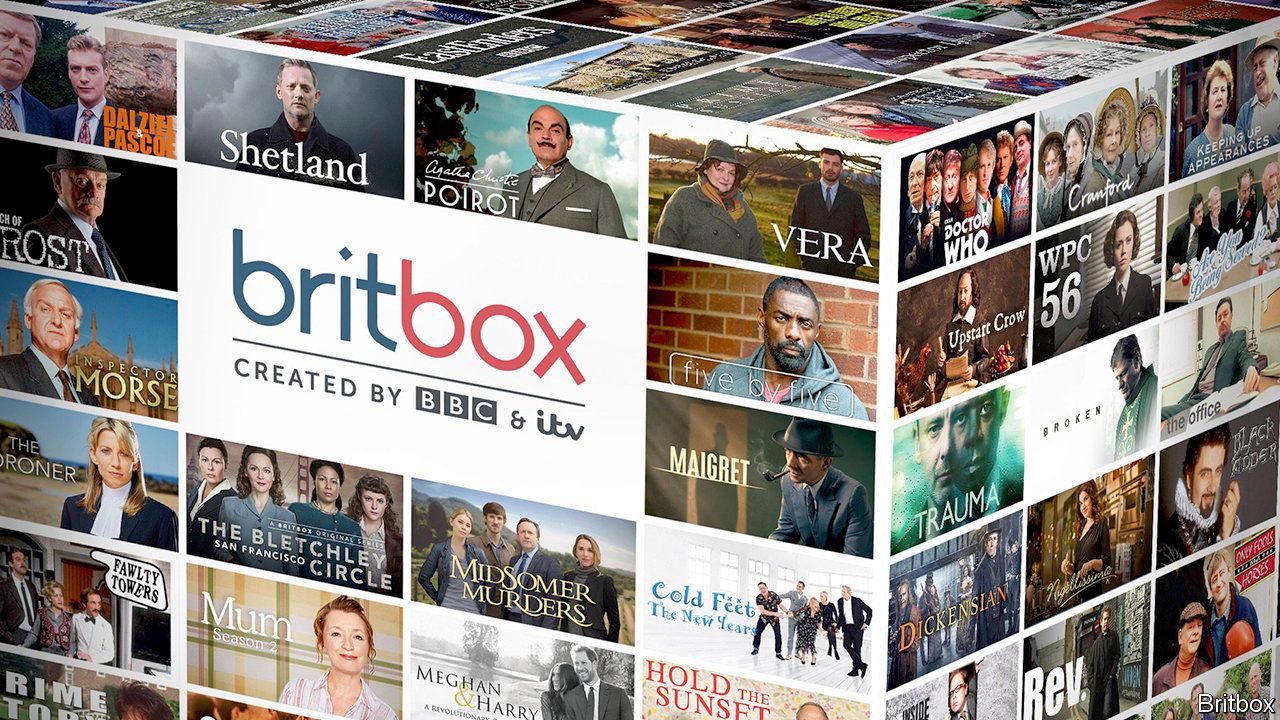
Despite these challenges, cinema saw enormous growth last year; revenue was up a huge 14% YoY.
This was helped by huge blockbuster releases such as Avengers, The Lion King and Toy Story 4 bringing in huge admissions across the country.
In spite of growing concerns, cinema and Netflix remain to two, very different, separate entities that satisfy different needs. We have a kitchen at home, so why do we still go out to eat?
The initial rise of cinema was linked to the role it played in offering people the chance to escape during the Great Depression and although the escapism from this issue is no longer a requisite, it continues to provide escapism from day to day stresses. People look forward to being in a distraction-free bubble for a short period of time and fully immersing themselves in film. This is unlike streaming services in which people will often double screen and be open to disruption.
Cinema has been forced to evolve in line with technological advances, making changes to ensure better, more immersive experiences for customers. The list of new developments is long — 3D, IMAX, 4DX, luxury seating and in-seat dining to name a few. There has also been an uptake in boutique cinemas such as Backyard Cinema and Rooftop Film Club in which people are charged a premium for an interactive experience.
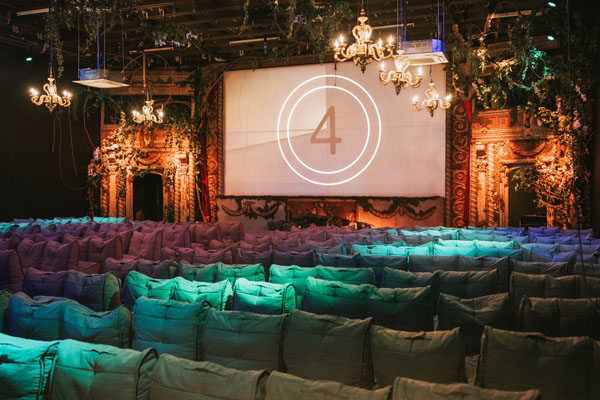
There’s no denying that cinema has had to adapt to keep up with the times, however, the nostalgia and escapism that it offers will always remain the same. As advertisers, we should be highlighting this emotional connection people have with the cinema. The distraction-free zone allows the adverts to gauge all the attention of those who are in a relaxed and content mind-set. It is the only advertising medium where consumers look forward to the ad and are fully immersed in the creative without being able to swipe it away or switch over.


